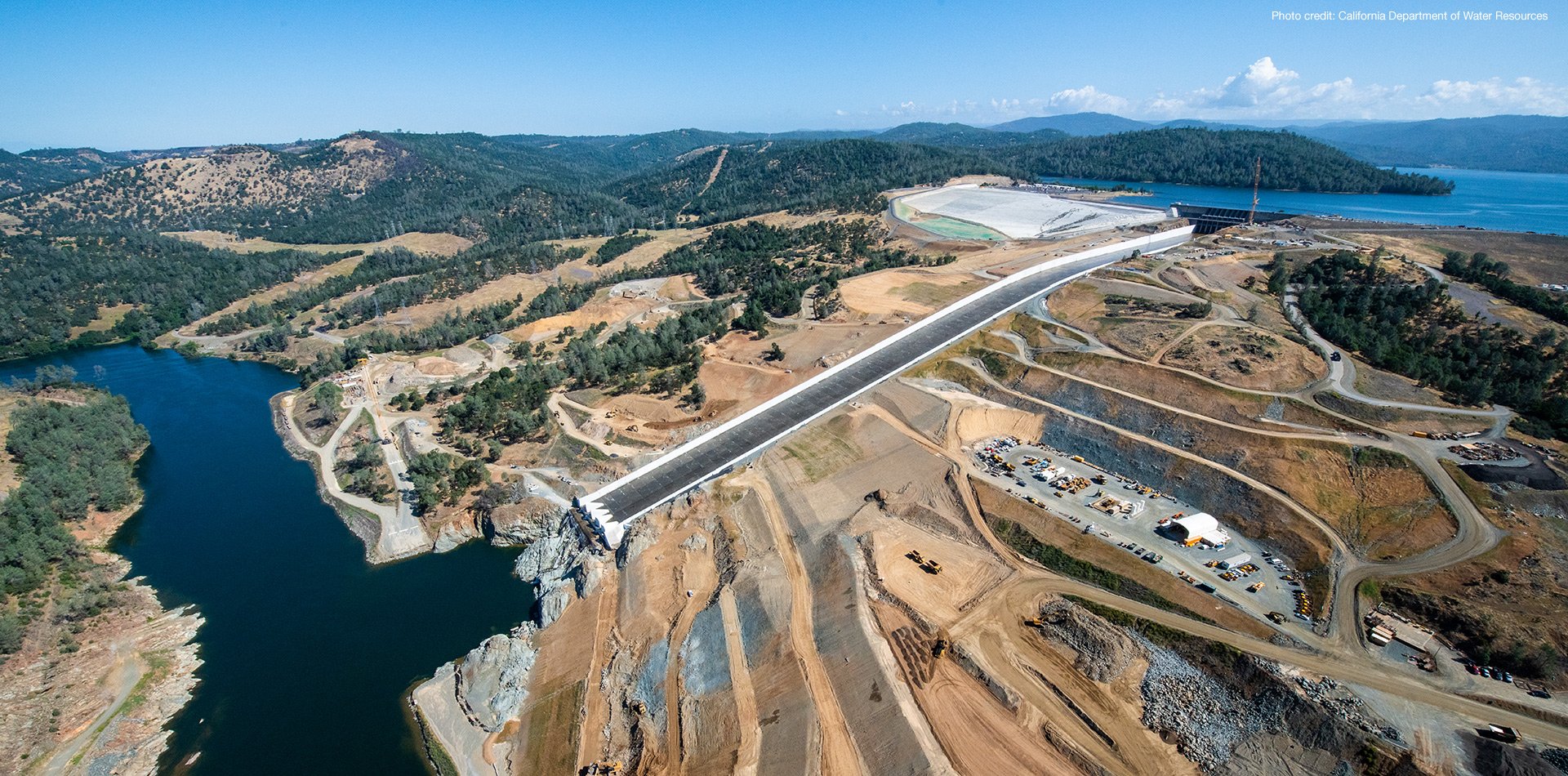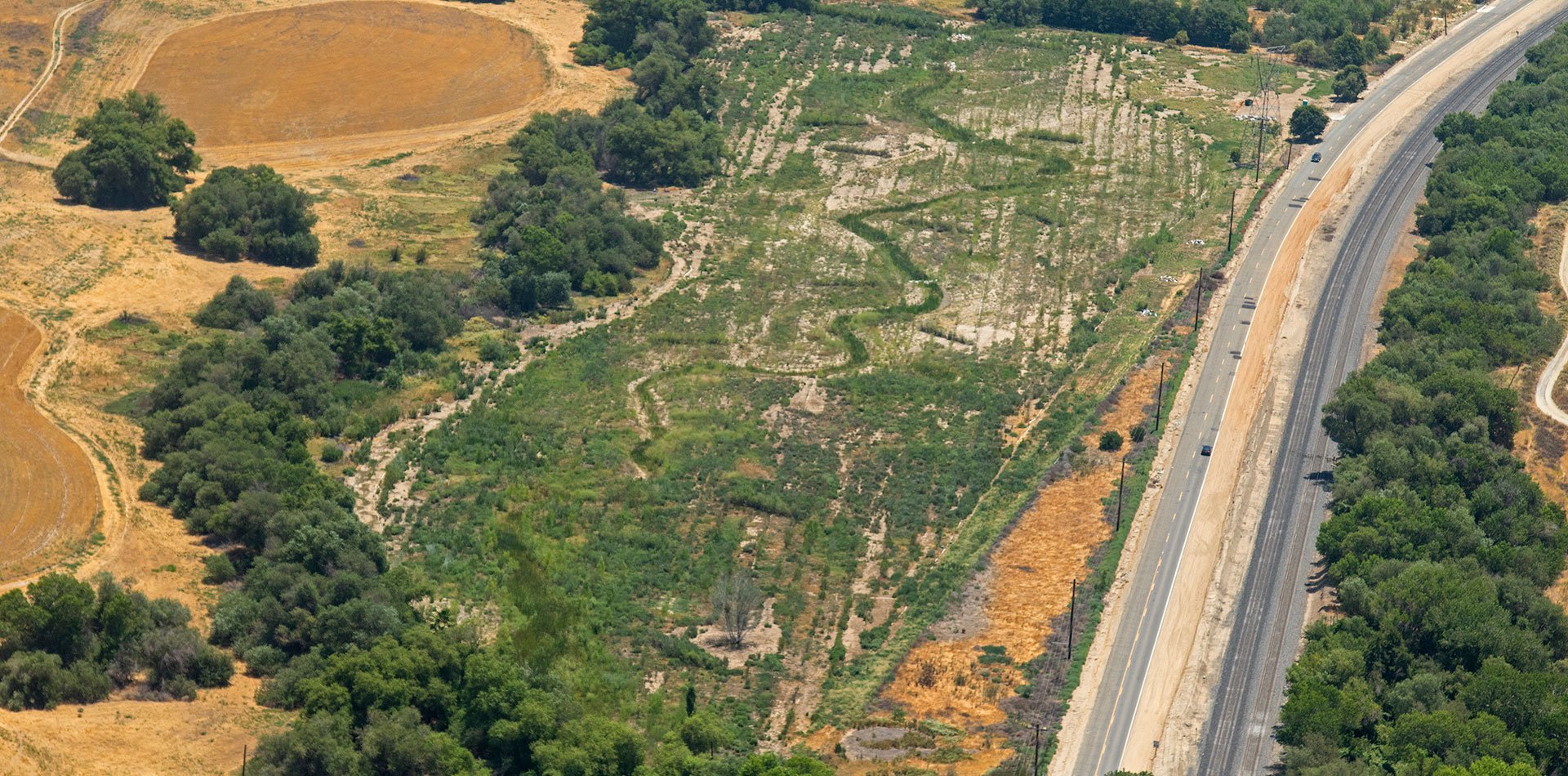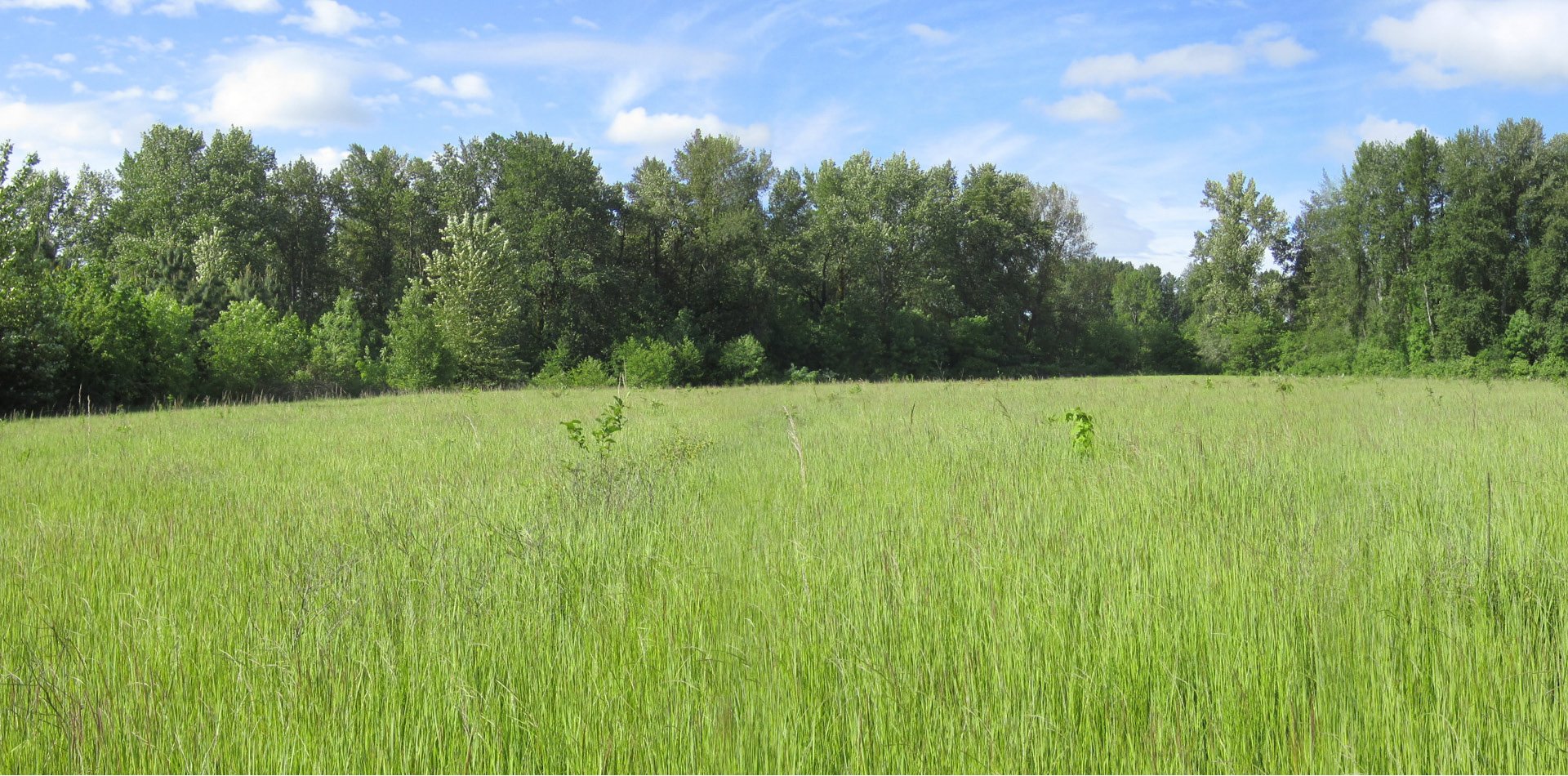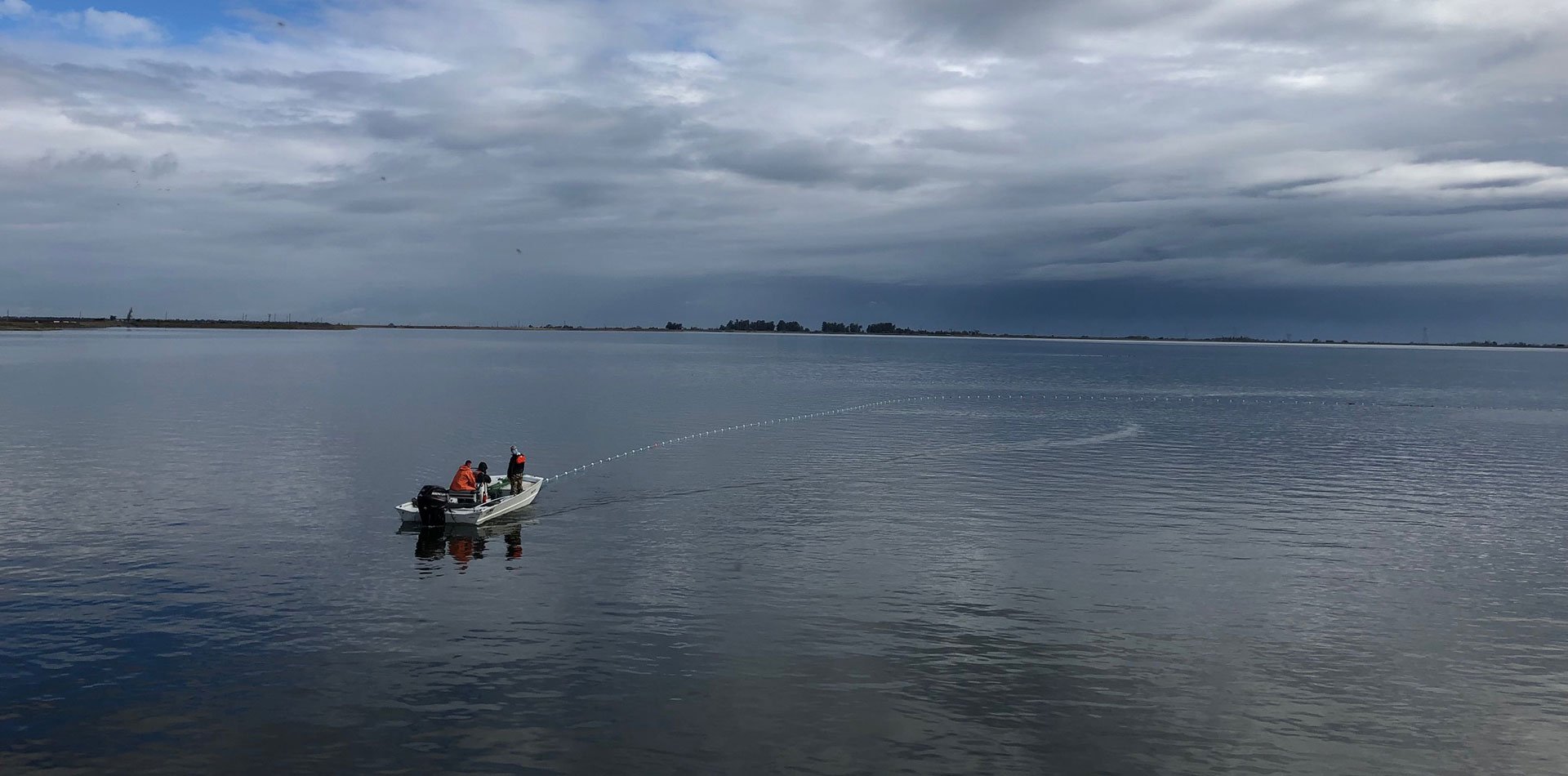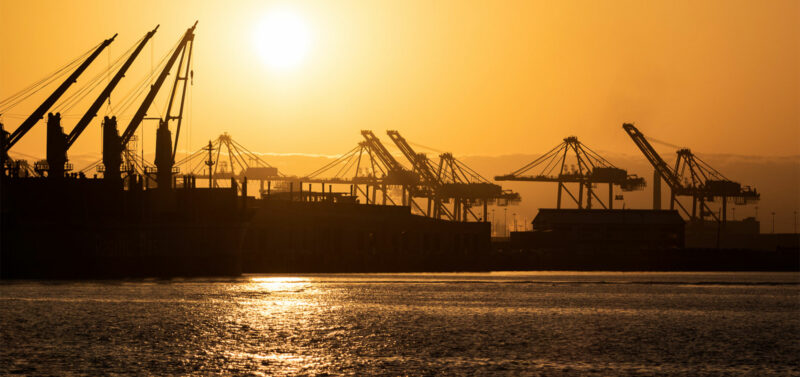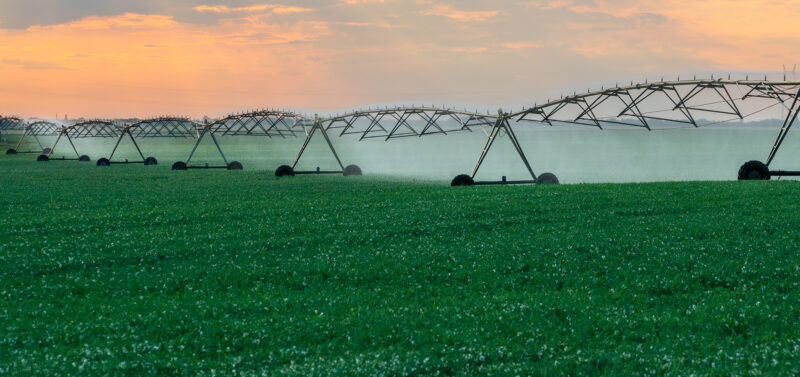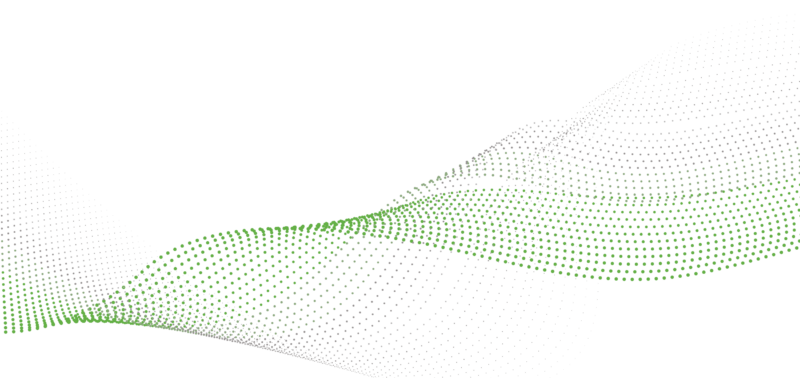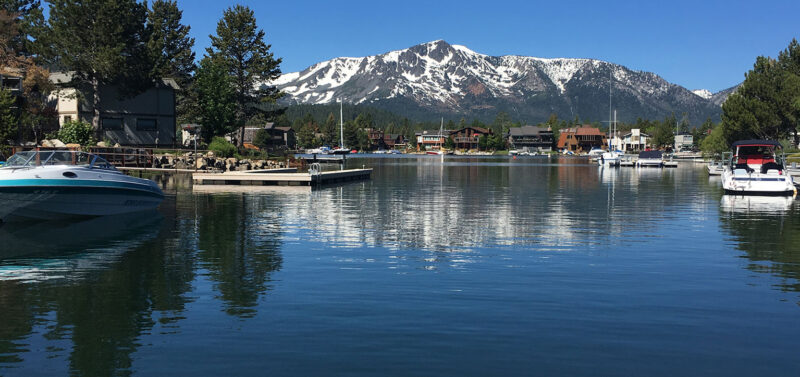The Columbia River Basin once saw the largest number of salmon and steelhead than any...
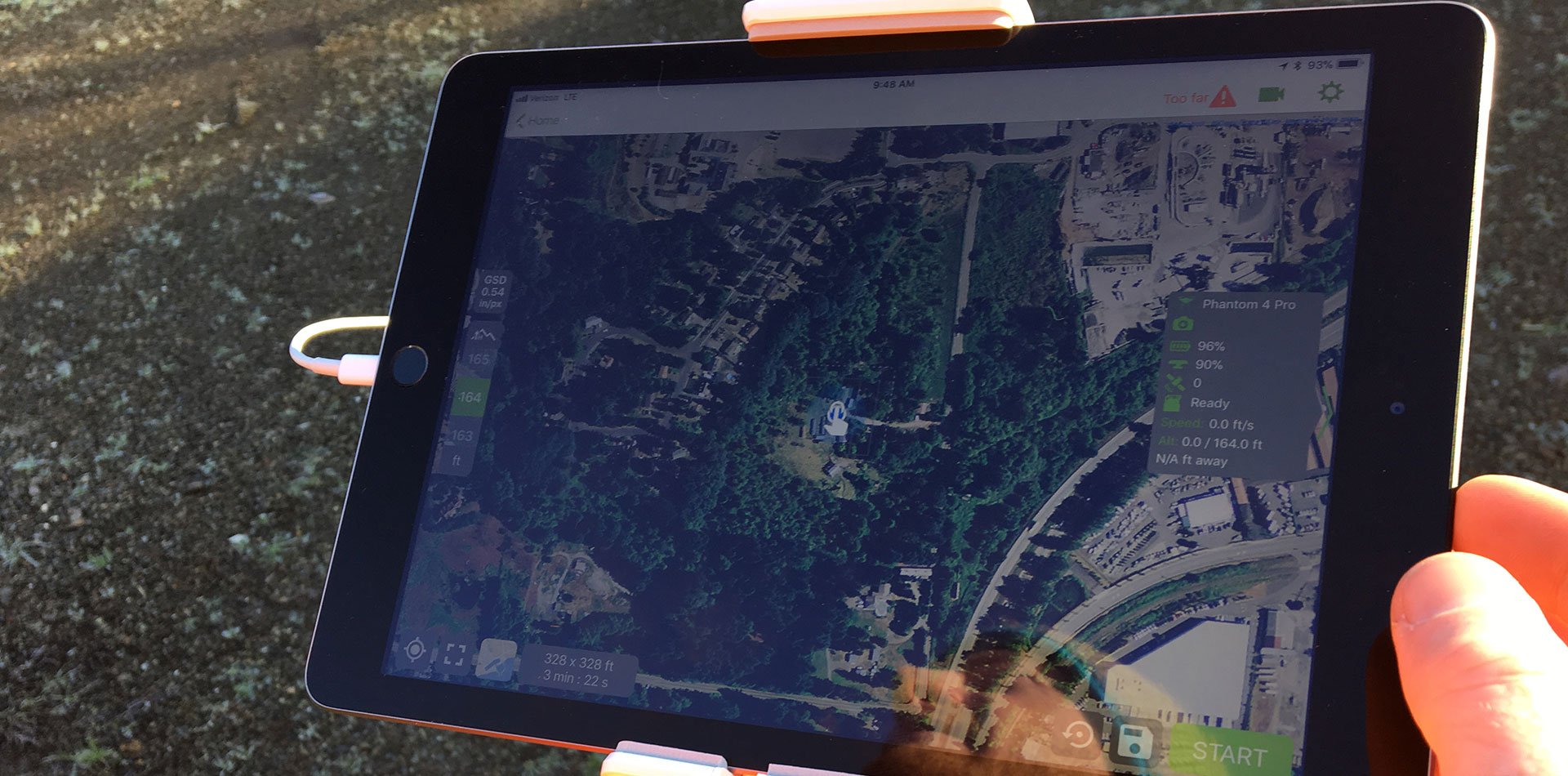
Geospatial
ESA helps clients understand, interpret, and communicate spatial information across a range of environmental applications.
We provide a variety of geospatial services to effectively capture, inventory, analyze, visualize, and manage information through the project life cycle and beyond. Supporting all of ESA’s practice groups, our geospatial team works closely with hydrologists, scientists, and engineers to strategize and solve complex issues while incorporating state-of-the-art technologies. We employ a detailed focus on client and project requirements to ensure cartographic design, visualizations, and geodata tools are valuable as either companion or stand-alone products.
From real-time field data tracking to high-quality cartographic maps for environmental reporting to advanced remote sensing and image processing of drone data fed into interactive online applications―we implement practical and proven solutions to meet end-users’ needs.
Related specialties and services:
- 3D Modeling and Visualizations
- Cartography
- Custom Application Development
- Digital Data Collection
- Satellite Image Processing/Remote Sensing
- Spatial Data Management & Analysis
- Unmanned Aerial Vehicles (UAV)
- Web Mapping
Featured Projects
News & Ideas
With around 90 percent of global consumer goods being shipped by sea, shipping is undoubtedly...
ESA, in partnership with engineering firm Olsson, created a cloud-based solution for agencies to tap...
ESA is pleased to announce that it has merged with Sitka Technology Group, facilitating the...
Learn how using an open-source solution saved significant budget for one of our clients.
Engaging with and educating stakeholders through public meetings is a critical step in a project’s...




